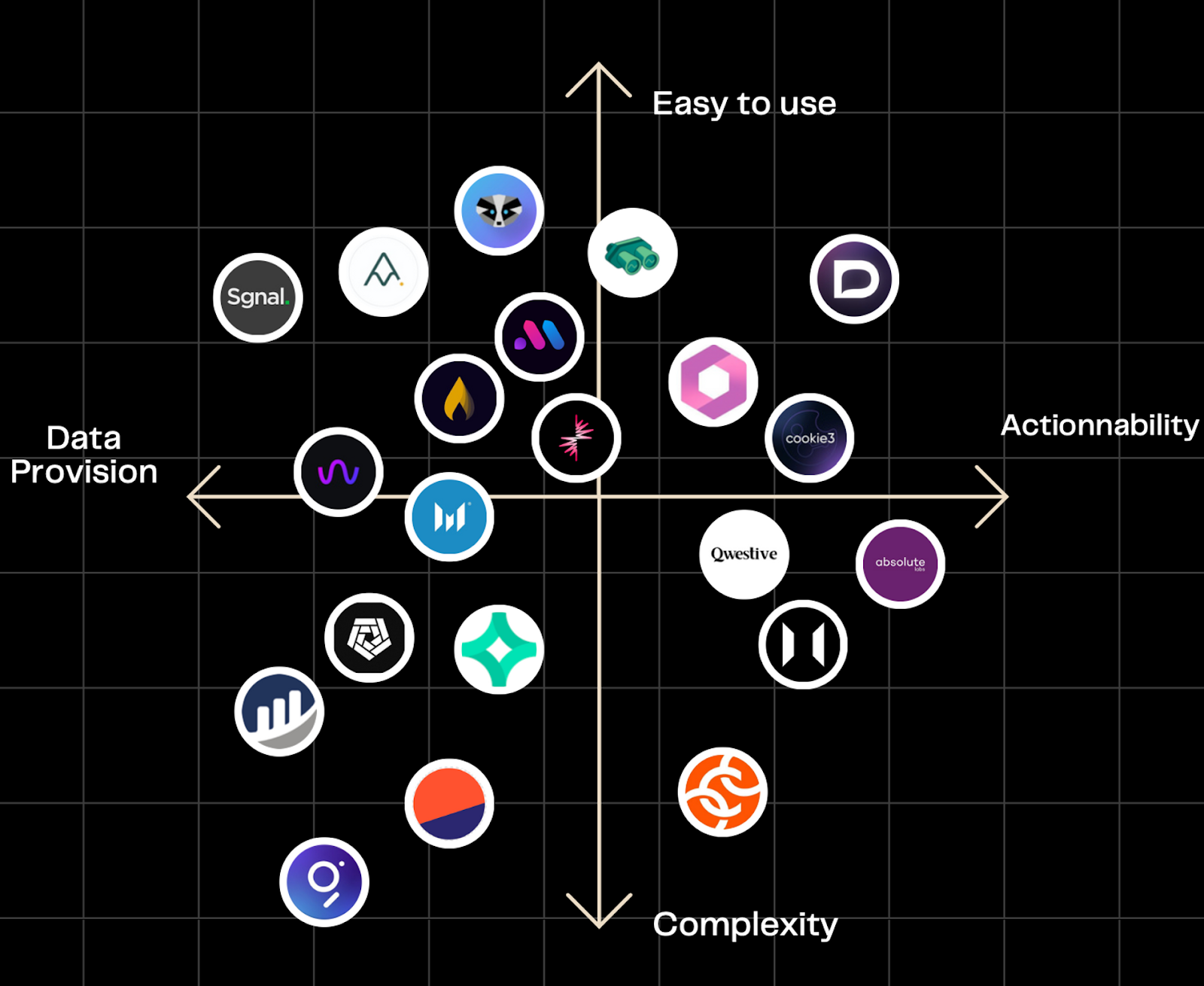
How Onchain Data Can Be Used to Improve Dapp User Engagement
Written by Guest Post
The world of web3 projects has been growing exponentially in recent years, bringing to life an impressive number of DeFi protocols, NFT projects, and blockchain games.
Through a single wallet address, all of a user's onchain activity across multiple blockchains becomes accessible, delivering a new paradigm of customer insights.
What Is Onchain Data?
Without blockchain, user identification relies heavily on several different personal criteria. This system often leads to excessive user categorization and firms profiting from the collection of user data.
Blockchains contain a plethora of valuable data. Users, identifiable by their wallet addresses, can remain anonymous. The history of each user’s onchain transactions, from DeFi loans to NFT games, is stored alongside their wallet address.
With a closer look at onchain data, web3 projects can better understand their users – discerning the holders of Azuki or Bored Ape NFTs, those of Aave or LINK tokens, or even identifying beginners with no transactions to their name.
The true value lies in leveraging - not just reading - this information. By deciphering this natively-unorganized data, web3 projects can craft a tailor-made user experience to fuel engagement and foster loyalty.
User Engagement Tools Dedicated To Web3 Projects
A new era of user engagement tools based on onchain data, such as Dialog, help web3 projects unlock the potential of onchain data to optimize user engagement.
Dialog queries the blockchain through Alchemy, and then displays user data in a CRM view, allowing dapp creators to fully leverage it. Businesses can then send personalized in-app campaigns and other innovative strategies, empowering decentralized applications and web3 projects to fully tap into the power of onchain data.
3 Ways Onchain Data Can Improve User Engagement
User-engagement tools can be used to improve user onboarding, user conversion, and user retention. Here are a few examples:
1. User Onboarding Tools
Today, when users connect to an NFT marketplace like Coinlist for the first time, the default user experience is the same as if it were the hundredth time. Now, with a user-engagement tool, users connecting for the first time and holding $0 in their wallet can be identified and displayed an onboarding tutorial to understand how the NFT marketplace works.
2. User Conversion Tools
Many dapps don’t yet offer customer support. But for some, it might make sense to provide premium customer support to specific users. Through offering this, these customers will get answers to their questions and therefore be more likely to follow through on a purchase.
For instance, using Dialog, NFTfi offers the possibility for their premium users (with high-value wallets with more than $100k) to book a call with their team through a Calendly link, which has so far allowed them to create hundreds of warm leads.
3. User Retention Tools
Since most decentralized applications don’t have access to their customers’ email addresses, user engagement after a purchase can present a challenge.
With this in mind, Dialog offers its clients two solutions to retain their users: as leveraged by NFTrade, the first is to send personalized in-app messages to prompt new engagement, for example by informing the user of a new product that might interest them based on their last transaction.
The second solution is to contact users directly using a wallet-to-wallet messaging protocol, such as XMTP, opening up a highly engaging communication channel for web3 projects.
The On-Chain Data Landscape
Many solutions are entering the space, following the strong demand for a better understanding of web3 users.
There are many tools that provide data analytics (Nansen, Arkham, Chainalysis, etc.), but fewer who translate this data into insight and action.
Alongside Dialog, companies such Addressable and Absolute.labs are entering this latter area, whose products are positioned in various places along two axes of characteristics: ease of use vs. customization, and actionability vs. pure data analytics. Identifying the right engagement tool within the ecosystem for a company depends on their individual needs.

The Future Of On-Chain Data For User Engagement
On-chain data analysis has come a long way, but these tools will only become more powerful and in-depth in the years to come.
Looking to the future, Dialog plans to track more categories of onchain data that cannot currently be leveraged, such as metadata. This will enable companies to see where a user made a purchase, for example, as well as what the purchase is.
As a result, web3 projects, especially those within very data-rich verticals such as DeFi and gaming, will be able to go even further in their segmentation and targeting strategies, allowing for highly advanced web3 customer engagement.
We're witnessing the dawn of a fresh chapter in user engagement, with the advent of onchain data-based tools like Dialog.
These resources are a beacon of hope for web3 projects, as they unlock the under-utilized potential of onchain data, ultimately enhancing the quality of user engagement.

Related overviews
Explore popular programming languages for onchain apps.
Learn About the Challenges and Solutions Engineers Face for Monitoring Their Dapp's Health
This guide shares best practices on how to best prepare for launching your dapp

Build blockchain magic
Alchemy combines the most powerful web3 developer products and tools with resources, community and legendary support.